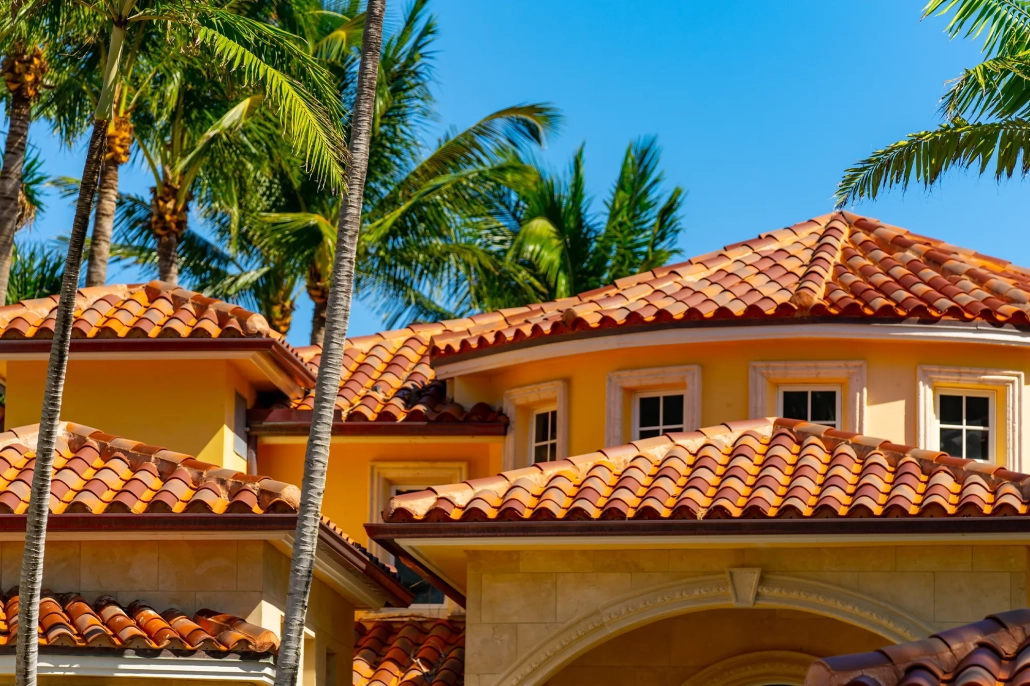The 1031 Exchange Boom: Real Estate Swaps in Arizona
By Angela Baker
In the sun-scorched expanse of Arizona, where desert horizons meet urban ambition, a quiet financial revolution is underway. The 1031 exchange, a tax-deferral strategy named after Section 1031 of the Internal Revenue Code, is booming in the Grand Canyon State, transforming how investors navigate the Phoenix region’s red-hot real estate market. As property values soar and economic growth accelerates, savvy investors are swapping one investment property for another, deferring capital gains taxes, and unlocking new opportunities in a landscape ripe with potential. For readers of Discover The Phoenix Region Magazine, this is more than a financial tactic—it’s a gateway to wealth-building in a region where innovation and resilience define the spirit.
The Basics of the Boom
A 1031 exchange allows real estate investors to sell an investment property and reinvest the proceeds into a “like-kind” property—think trading a Phoenix strip mall for a Sedona vacation rental—while postponing the hefty capital gains tax that would otherwise hit, often ranging from 15% to 30%. The IRS defines “like-kind” broadly: any U.S. real estate held for business or investment qualifies, from raw land to multifamily complexes. Since the 2017 Tax Cuts and Jobs Act, this applies only to real property, not personal assets like equipment, narrowing but sharpening its focus for Arizona’s land-hungry investors.
Arizona’s appeal is undeniable. The state’s population grew by 1.3% in 2024 alone, according to the Arizona Office of Economic Opportunity, outpacing the national average. Phoenix, the nation’s fifth-largest city, saw median home values climb to $435,000 by mid-2024, per Zillow, up from $333,000 in 2021. This appreciation, fueled by tech giants like TSMC and a steady influx of retirees and remote workers, has turned properties into gold mines—and 1031 exchanges into a miner’s pickaxe. “It’s a way to keep your equity working,” says Christina Nielson of Corcapa 1031 Advisors, a veteran in Arizona’s exchange market. “Instead of losing a chunk to taxes, you roll it into the next big thing.”
Why Arizona, Why Now?
The Phoenix region’s real estate market is a perfect storm for 1031 exchanges. Take the West Valley, where TSMC’s $65 billion semiconductor plant in northwest Phoenix is reshaping the landscape. Announced in 2020 and set to begin production in 2025, this behemoth has sparked a housing and industrial boom, with nearby land values spiking 20% year-over-year, as reported by LoopNet. Investors are selling older holdings downtown and swapping into warehouses or rental homes near the plant, deferring taxes while riding the wave of economic growth.
Scottsdale’s luxury market tells a similar story. High-rise condos, like those at Optima Kierland, are fetching $1.5 million-plus, driven by demand from affluent snowbirds and second-home buyers. A 2024 Arizona Regional Multiple Listing Service (ARMLS) report notes a 15% uptick in luxury sales since 2023. Investors are using 1031 exchanges to pivot from aging commercial spaces to these high-return properties, capitalizing on Scottsdale’s cachet without a tax hit. Meanwhile, Sedona’s short-term rental market thrives, with vacation homes averaging $800,000 and boasting 70% occupancy rates in summer, per AirDNA data. Swapping a Phoenix rental for a Sedona retreat is a no-brainer for tax-savvy landlords.
The numbers back the boom. Asset Preservation, Inc., a national 1031 intermediary with Arizona offices, reported a 25% increase in exchange transactions statewide in 2024 compared to 2022. “Arizona’s growth is a magnet,” says their team. “Investors see rising values and want to stay in the game without the IRS taking a cut.”
How It Works—and Why It Matters
Executing a 1031 exchange isn’t a free-for-all. The IRS imposes strict rules: within 45 days of selling a property, investors must identify up to three replacement options in writing, delivered to a Qualified Intermediary (QI)—a neutral third party like IPX1031, which has offices in Phoenix and Tempe. The deal must close within 180 days, and the replacement property’s value must match or exceed the sold property’s to defer all taxes. Miss a deadline, and the tax bill lands.
For Phoenix investors, this structure is a lifeline. Consider a hypothetical: an investor sells a Tempe duplex bought for $200,000 in 2015, now worth $450,000. A straight sale would trigger roughly $50,000 in federal capital gains tax (at 20%), plus Arizona’s 2.5% state tax. With a 1031 exchange, they reinvest the full $450,000 into a Mesa build-to-rent community, deferring taxes and leveraging the entire sum for growth. “It’s about keeping your money in play,” notes Gottlieb Law, an Arizona firm specializing in 1031s. “In a market this hot, every dollar counts.”
The flexibility is key. Investors can diversify—swapping a high-maintenance rental for a net-leased retail space—or consolidate, trading multiple small properties for one larger asset. In 2024, Delaware Statutory Trusts (DSTs) gained traction, offering fractional ownership in institutional-grade properties like senior living facilities. Corcapa reports DST closings in Arizona jumped 30% last year, appealing to investors seeking passive income without management headaches.
Challenges and Caveats
The boom isn’t without hurdles. Rising interest rates—hovering around 6.5% for 30-year mortgages in mid-2024, per Freddie Mac—can complicate financing replacement properties. Inventory shortages persist, with ARMLS noting a 10% drop in active listings since 2023, pushing buyers to act fast or overpay. And while taxes are deferred, they’re not erased—selling without another exchange triggers the bill, a fact often misunderstood, as Gottlieb Law warns.
Proposed changes add uncertainty. President Biden’s 2021 plan to cap 1031 deferrals at $500,000 for individuals earning over $400,000 hasn’t passed, but it looms. If enacted, high-net-worth Arizonans could face a tax reckoning, slowing the swap frenzy. For now, though, the policy remains intact, and the state’s lack of additional 1031 regulations keeps it investor-friendly.
The Southwest Edge
What sets Arizona’s 1031 boom apart is its Southwest ethos—grit, opportunity, and a frontier spirit. The Phoenix region’s history of reinvention mirrors the exchange itself: a chance to trade yesterday’s asset for tomorrow’s promise. Take John Martinez, a Mesa investor who swapped a struggling strip mall for a Goodyear industrial lot in 2023. “The tax deferral let me pivot to where the jobs are,” he says. “Now I’m cash-flowing while values climb.”
For Discover The Phoenix Region readers, this is your cue. Whether you’re a retiree eyeing a Prescott condo, a developer scouting Chandler warehouses, or a landlord dreaming of Sedona’s red rocks, the 1031 exchange offers a path to grow wealth without the taxman’s bite. Consult a QI—firms like IPX1031 or Exeter 1031 are local standouts—and map your move. In a region where the horizon always beckons, swapping smart is the new Arizona way.





